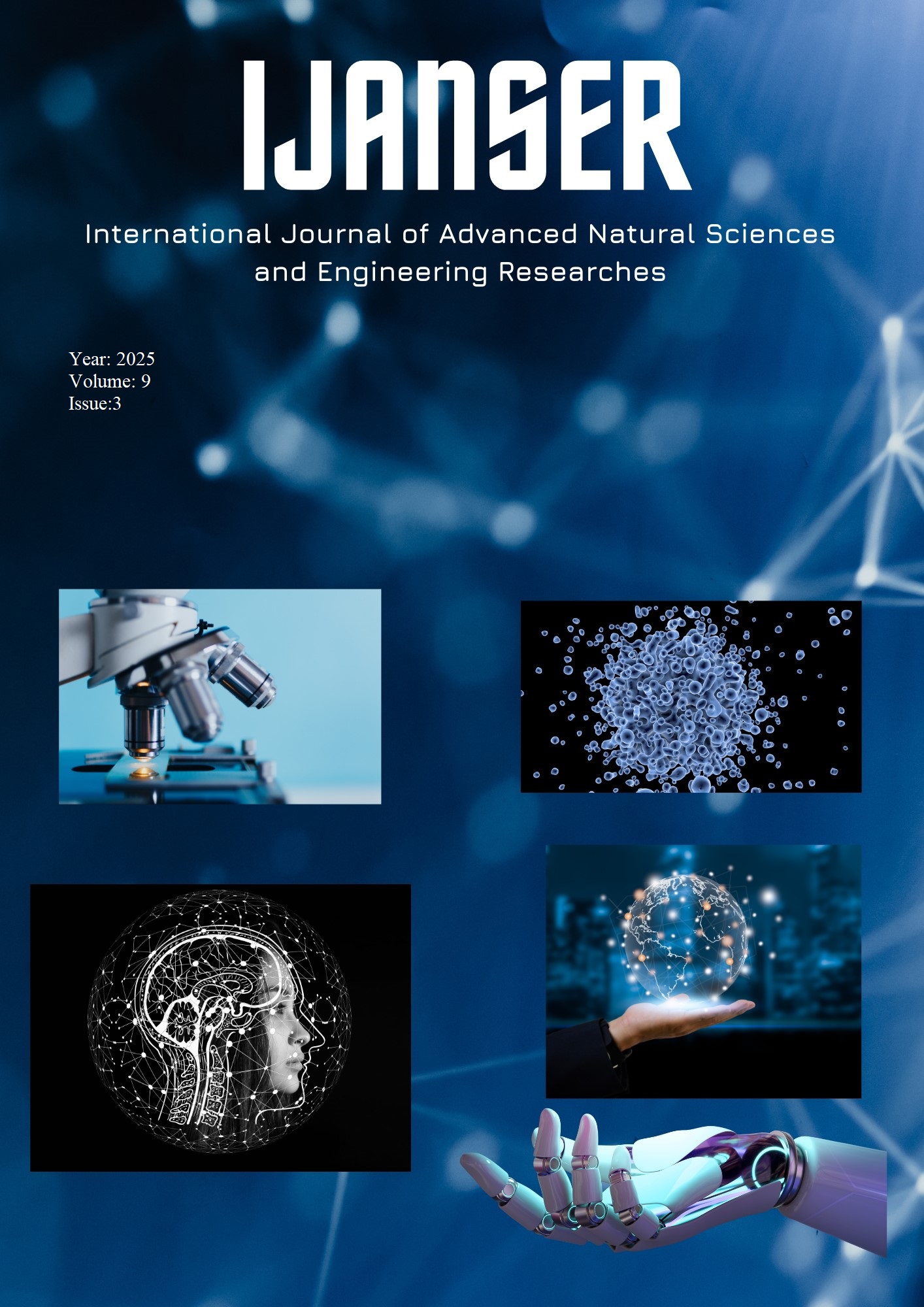Direction-of-Arrival Analysis for Radio Signal Detection from under Real Collapsed Building after Several Earthquakes
Keywords:
Attenuation, Radio Communications, Building Penetration, Earthquake Rubble Characterization, Emergency Responders, Direction of ArrivalAbstract
This paper investigates how radio signals travel through earthquake rubble to assist search-and
rescue teams in locating trapped survivors. The experiment focuses on both antenna performance and
accurate localization of a buried transmitter by scanning multiple points around collapsed buildings. A
continuous wave signal (500–2000 MHz) was transmitted from under the rubble, and signal strength was
measured at different positions. The dipole antenna was first used to scan large disaster areas, such as Tall
Rifat, where entire neighborhoods were destroyed, making it difficult to determine the exact locations of
collapsed buildings. Its omnidirectional nature allowed for broad signal detection. Once a signal was
identified, the LOG-Periodic antenna was used to precisely determine the transmitter’s location. By
directing the LOG-Periodic antenna towards the signal source, a strong peak was observed, while rotating
it 180 degrees nearly eliminated the signal. The study also examines signal behavior at different distances
and angles, measuring reception at multiple points on each side of the collapsed buildings. The findings
and details of these analyses are presented, specifically when evaluating the impact of antenna type,
frequency, and receiver positioning on signal detection and localization.
Downloads
References
Takemura, F., Enomoto, M., Denou, M., Erbatur, K., Zweirs, K., Tadokoro, U., “Proposition of a human body searching strategy using a cable-driven robot at major disaster,” Proceedings IEEE/RSJ International Conference on Intelligent Robots and Systems (IROS 2004), Vol. 2, pp. 1456–1461, 2004.
Chen, K.M., Huang, Y., Zhang, J., Norman, A., “Microwave Life-Detection Systems for searching Human Subjects Under Earthquake Rubble or Behind Barrier,” IEEE Transactions on Biomedical Engineering, Vol. 27, No. 1, pp. 105–112, 2000.
Gu, C., Li, C., Lin, J., Long, J., Huangfu, J., Ran, L., “Instrument-Based Noncontact Doppler Radar Vital Sign Detection System Using Heterodyne Digital Quadrature Demodulation Architecture,” IEEE Transactions on Instrumentation and Measurement, Vol. 59, No. 6, pp. 1580–1588, 2010.
Lidicky, L., “Fourier Array Processing for Buried Victims Detection Using Ultra Wide Band Radar with Uncalibrated Sensors,” IEEE International Geoscience and Remote Sensing Symposium (IGARSS), Vol. 2, pp. 831–834, 2008.
Feige, C., Ostertag, T., Loschonsky, M., Reindl, L.M., “Radar assisted detection of passive electronic components,” IEEE Radio and Wireless Symposium (RWS), pp. 200–203, 2010.
SDRangel Documentation, Available at: https://www.sdrangel.org.
HackRF One User Guide, Great Scott Gadgets, Available at: https://greatscottgadgets.com/hackrf/.
HyperLOG Antenna Specifications, Aaronia AG, Available at: https://www.aaronia.com





